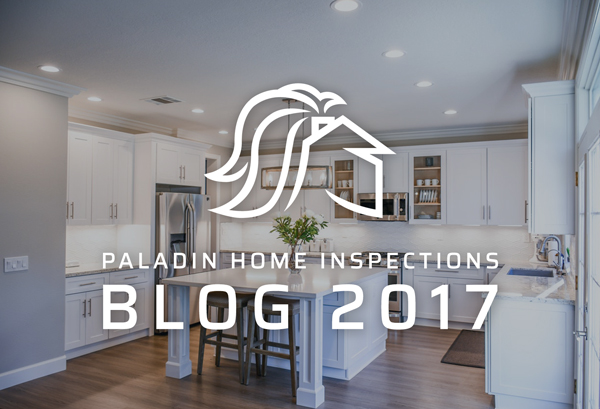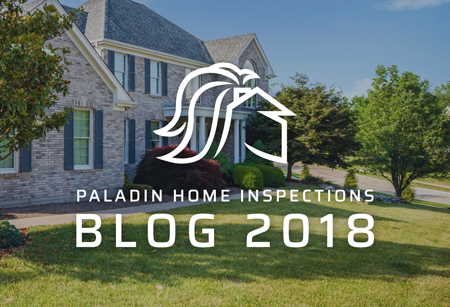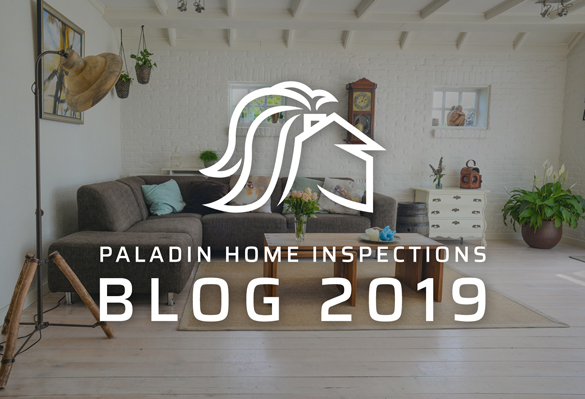Here is a straightforward way to determining the proper slope for the ground around your house.
As a home inspector in the St Paul, MN area, I know how hard it is to keep a dry basement.
My friend Roger Bovee is also a home inspector. He says that one of his report defaults says “evidence of moisture found in basement” (report defaults means that a certain statement goes into every report without him entering anything)
I asked him what he does when he doesn’t find moisture? “I look harder!” he says.
The point of the story is to illustrate that wet basements are a lot more common than dry ones.
But don’t imagine for a second that moisture in a basement is okay. It is not. The damage that moisture can cause is astounding.
But there are a few things that can be done to reduce or eliminate the problem. Clean, properly installed gutters and downspouts are important. A lot of water comes off of the roof in a heavy rain. A 1,000 square foot roof will shed 600 gallons of water for every one inch of rainfall.
Another very important tool for water management is landscaping, or slope.
When your house was built, the ground sloped away from the foundation, at least a little bit. Over time, the disturbed soil nearest the house settled. It became flat, or maybe even sloped toward the house. We call that negative landscaping.
And then there’s the mulch. Gardeners love mulch, be it rocks or tree bark or whatever. And they love landscaping edging like plastic and brick or rocks, which hold in the mulch. Thing is, they also hold back surface water. And mulch does not “shed” water like grass. Imagine a thatched roof hut.
So for proper drainage, reduce or eliminate mulch, and slope the ground away from the house. A ten percent drop is recommended, where possible. Driveways, patios and sidewalks only require a 1% drop, because they are said to be impervious (water resistant).

But what does a 10 percent drop look like? Roughly one inch drop for every foot away from the house, for 6 to 8 feet.
The ground should start 6-8 inches below the siding so that moisture, plants and pests stay out.
A friend of mine is an mold expert. He says it all comes down to DDG.
Drainage, Downspouts and Gutters. If you can keep the rainwater and snowmelt away from the house, your basement, and avoid that musty smell altogether. Regular home maintenance is imperative for a healthy house.



